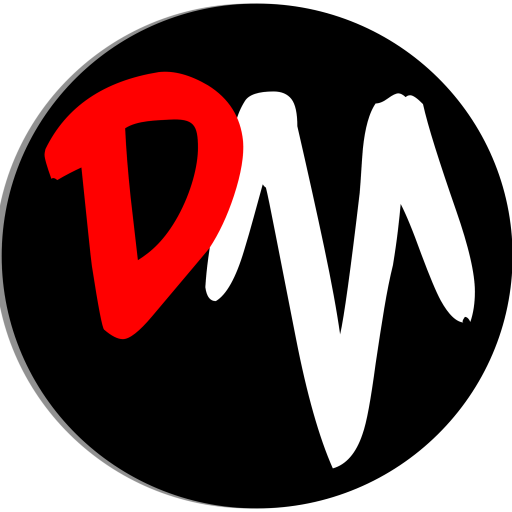In the realm of digital advertising, Google Ads and Facebook Ads stand as titans, each offering unique advantages and targeting capabilities. But which platform is the right fit for your advertising goals? In this blog post, we’ll delve into the pros and cons of Google Ads and Facebook Ads to help you make an informed decision for your marketing strategy.
Google Ads:
Pros:
- Intent-based Targeting: Google Ads allows you to reach users actively searching for products or services related to your business. With keyword targeting, you can connect with users at the exact moment they express interest in what you offer, maximizing the likelihood of conversions.
- Expansive Reach: Google’s vast network includes not only its search engine but also partner sites and platforms like YouTube and Gmail. This extensive reach enables you to connect with users across multiple touchpoints, enhancing brand visibility and engagement.
- Flexible Ad Formats: Google Ads offers a variety of ad formats, including text ads, display ads, video ads, and shopping ads. This flexibility allows you to choose the format that best suits your campaign objectives and target audience, whether you’re looking to drive website traffic, generate leads, or boost sales.
Cons:
- High Competition: Due to its popularity and effectiveness, Google Ads can be highly competitive, especially for popular keywords and industries. This can drive up the cost-per-click (CPC) and make it challenging for smaller businesses with limited budgets to compete effectively.
- Complexity: Google Ads has a steep learning curve, particularly for beginners. Navigating its interface, understanding bidding strategies, and optimizing campaigns require time, expertise, and ongoing experimentation to achieve optimal results.
Facebook Ads:
Pros:
- Granular Targeting Options: Facebook Ads offers robust targeting options based on demographics, interests, behaviors, and even life events. This granular targeting allows you to pinpoint your ideal audience with precision, delivering your message to those most likely to engage with your brand.
- Visual Appeal: With visually rich ad formats like image ads, carousel ads, and video ads, Facebook Ads excels at capturing users’ attention and driving engagement. These immersive ad formats enable you to showcase your products or services in a compelling and dynamic manner, fostering brand awareness and loyalty.
- Social Proof and Engagement: Facebook’s social nature encourages interactions like likes, comments, and shares, which can amplify the reach and impact of your ads. Positive social proof, in the form of user-generated content or testimonials, can enhance credibility and trust among your target audience.
Cons:
- Declining Organic Reach: Facebook’s algorithm changes have led to a decline in organic reach for business pages, necessitating greater reliance on paid advertising to reach your audience effectively. This shift means that businesses may need to allocate more resources to advertising to maintain visibility on the platform.
- Ad Fatigue: With the average Facebook user exposed to numerous ads daily, there’s a risk of ad fatigue, where users become desensitized to repetitive or irrelevant ads. To combat ad fatigue, advertisers must continually refresh their ad creative, target new audiences, and experiment with different ad formats and messaging.
Conclusion:
In the showdown between Google Ads and Facebook Ads, there’s no one-size-fits-all answer. Each platform offers distinct advantages and challenges, and the best choice depends on your specific marketing objectives, target audience, and budget constraints. Ultimately, a well-rounded advertising strategy may involve leveraging both Google Ads and Facebook Ads to maximize reach, engagement, and conversions across different stages of the customer journey. By carefully weighing the pros and cons of each platform and aligning them with your business goals, you can create impactful advertising campaigns that drive results and propel your business forward in the digital age.







